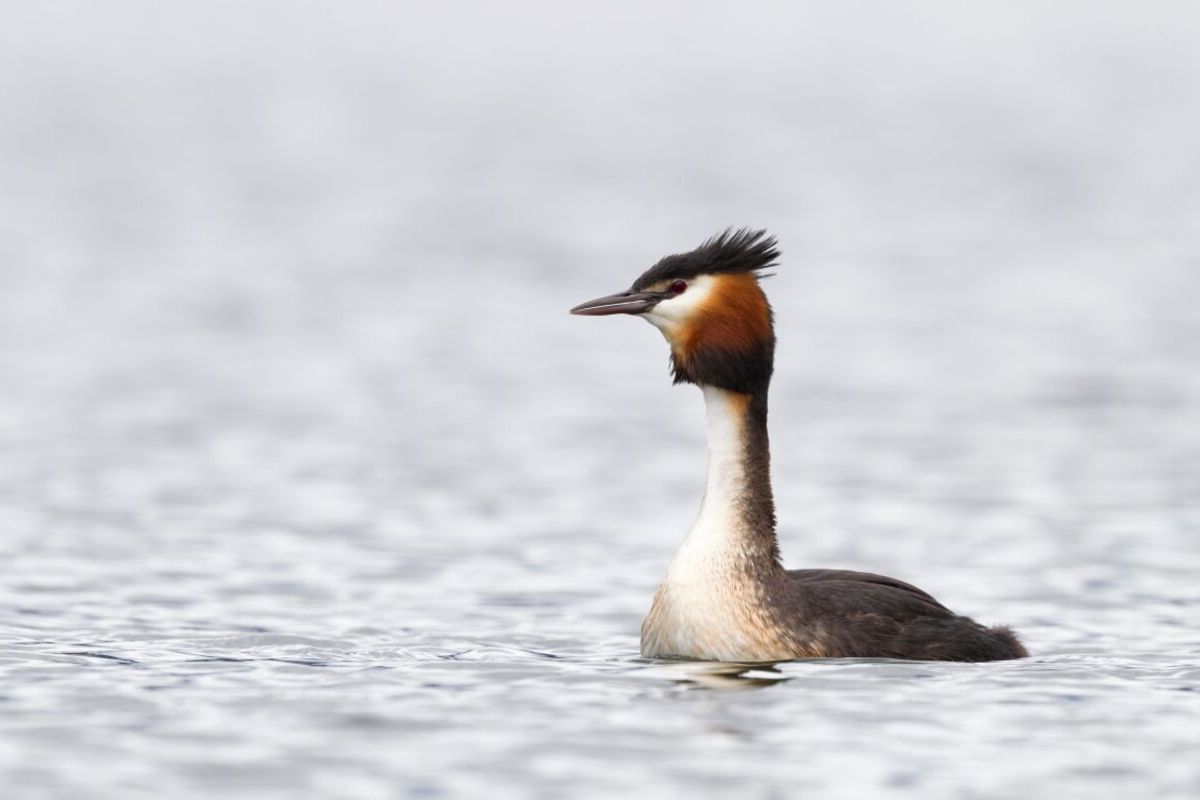
Puteketeke is a fascinating creature that has captured the curiosity of many. But what exactly makes this animal so intriguing? Puteketeke is a small, nocturnal mammal native to the dense forests of New Zealand. Known for its unique appearance and elusive nature, it has become a subject of interest for both scientists and wildlife enthusiasts. This blog post will dive into 35 amazing facts about the Puteketeke, shedding light on its habitat, behavior, diet, and much more. Whether you're a budding biologist or just someone who loves learning about new animals, these facts will surely pique your interest. Get ready to discover the wonders of the Puteketeke!
Key Takeaways:
- Puteketeke, also known as the New Zealand Falcon, is a small but mighty bird of prey with incredible speed, agility, and adaptability, making it a unique and important part of New Zealand's ecosystem.
- The New Zealand Falcon faces threats from predators and habitat loss, but conservation efforts and cultural significance play a crucial role in protecting and preserving this iconic bird for future generations to admire and learn from.
What is Puteketeke?
Puteketeke, also known as the New Zealand Falcon, is a fascinating bird of prey native to New Zealand. These birds are known for their agility, speed, and sharp hunting skills. Let's dive into some intriguing facts about this remarkable species.
-
Scientific Name: The scientific name of the New Zealand Falcon is Falco novaeseelandiae.
-
Endemic Species: Puteketeke is endemic to New Zealand, meaning it is found nowhere else in the world.
-
Three Subspecies: There are three recognized subspecies of the New Zealand Falcon: the Eastern Falcon, the Bush Falcon, and the Southern Falcon.
-
Size: These birds are relatively small, with males typically measuring around 40 cm in length and females slightly larger at 45 cm.
-
Wingspan: The wingspan of a New Zealand Falcon ranges from 75 to 100 cm.
-
Weight: Males usually weigh between 250-350 grams, while females can weigh up to 500 grams.
Habitat and Distribution
Puteketeke can be found in various habitats across New Zealand, from forests to open grasslands. Their adaptability is one of their key survival traits.
-
Forest Dwellers: The Bush Falcon subspecies primarily inhabits dense forests.
-
Open Country: The Eastern Falcon prefers open country, including farmland and coastal areas.
-
Southern Range: The Southern Falcon is found in the southern parts of New Zealand, including Stewart Island.
-
Altitude Range: These birds can live at altitudes ranging from sea level up to 1800 meters.
-
Urban Areas: Occasionally, they are spotted in urban areas, adapting to human presence.
Hunting and Diet
New Zealand Falcons are skilled hunters with a diverse diet. Their hunting techniques and prey choices are quite fascinating.
-
Speed: They can reach speeds of up to 200 km/h when diving to catch prey.
-
Diet: Their diet includes small mammals, birds, insects, and occasionally reptiles.
-
Hunting Technique: They use a combination of speed and surprise to catch their prey, often attacking from a high perch.
-
Nocturnal Hunting: Unlike many other falcons, Puteketeke can hunt both during the day and at night.
-
Keen Eyesight: Their eyesight is eight times sharper than that of humans, allowing them to spot prey from great distances.
Reproduction and Lifespan
The breeding habits and lifespan of the New Zealand Falcon provide insight into their life cycle and survival strategies.
-
Breeding Season: Their breeding season typically runs from August to January.
-
Nesting Sites: They prefer to nest in tree hollows, cliff ledges, or even on the ground.
-
Clutch Size: A typical clutch consists of 2-4 eggs.
-
Incubation Period: The incubation period lasts about 30 days, with both parents sharing the responsibility.
-
Fledging: Chicks fledge at around 35-40 days old but remain dependent on their parents for several more weeks.
-
Lifespan: In the wild, they can live up to 12 years, though many do not survive past their first year due to various threats.
Conservation Status
The New Zealand Falcon faces several threats, making conservation efforts crucial for their survival.
-
Threatened Species: They are classified as "At Risk" due to habitat loss, predation, and human activities.
-
Predators: Introduced species like stoats, cats, and rats pose significant threats to their eggs and chicks.
-
Habitat Loss: Deforestation and land development have reduced their natural habitats.
-
Conservation Programs: Various conservation programs are in place to protect and preserve their populations.
-
Legal Protection: They are legally protected under New Zealand law, making it illegal to harm or capture them.
Cultural Significance
Puteketeke holds a special place in New Zealand's culture and history.
-
Maori Symbolism: In Maori culture, the falcon is a symbol of speed, agility, and keen vision.
-
National Symbol: It is one of New Zealand's most iconic birds, often featured in art and literature.
-
Falconry: Historically, they were used in falconry by early settlers.
-
Educational Programs: Many educational programs in New Zealand focus on teaching about the falcon's importance and conservation.
Unique Behaviors
The New Zealand Falcon exhibits several unique behaviors that set it apart from other birds of prey.
-
Vocalizations: They have a range of vocalizations, including a distinctive "kek-kek-kek" call.
-
Territorial: They are highly territorial, often engaging in aerial battles to defend their territory.
-
Playful Nature: Juvenile falcons are known to engage in playful behavior, such as chasing each other and playing with objects.
-
Adaptability: Their ability to adapt to different environments and conditions is a key factor in their survival.
The Final Word on Puteketeke
Puteketeke, a fascinating creature, holds many secrets. From its unique habitat to its intriguing behaviors, there's always something new to learn. These 35 facts barely scratch the surface of what makes this species so special. Whether you're a budding biologist or just curious about nature, understanding Puteketeke enriches our appreciation of biodiversity.
Remember, every fact adds a piece to the puzzle of our natural world. Keep exploring, stay curious, and never stop asking questions. The more we know about creatures like Puteketeke, the better we can protect them and their habitats. So, next time you encounter a Puteketeke, you'll see it with new eyes, appreciating the wonder it brings to our planet. Happy learning!
Frequently Asked Questions
Was this page helpful?
Our commitment to delivering trustworthy and engaging content is at the heart of what we do. Each fact on our site is contributed by real users like you, bringing a wealth of diverse insights and information. To ensure the highest standards of accuracy and reliability, our dedicated editors meticulously review each submission. This process guarantees that the facts we share are not only fascinating but also credible. Trust in our commitment to quality and authenticity as you explore and learn with us.


